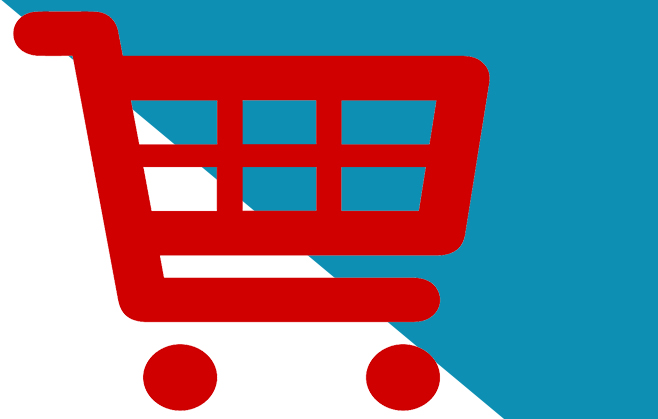
Social shopping evolves
This year, we’ve seen countless announcements of social media sites partnering with businesses in order to test “Buy” buttons. So what’s the latest when it comes to social e-commerce, and how will this new feature benefit businesses and shoppers?
We’ve been patiently awaiting the launch of social media “Buy” buttons, allowing users to purchase directly from Twitter, Facebook and Pinterest. And on Monday, Twitter announced that it will now allow anyone with an account to sell directly from their tweets. Previously, this feature was reserved for retailers only, and so the news will come as a welcome surprise for individual sellers or smaller brands. The move will be enabled by a Stripe-owned tool named Relay, allowing partners to sell via any third party app or social platform. Relay will also then store the shopper’s credit card information for seamless future purchases. By partnering with Stripe and Relay, Twitter has enabled an easier way for any merchant to use a “buy” feature. The additional benefit of this, is that businesses will also be able to upload any product catalogs they wish, and select the precise products they want to embed in their tweets.
Likewise, both Pinterest and Instagram announced several months ago that they were rolling out “Buy” buttons in partnership with selected businesses such as Macy’s and Nordstrom. For the former, this makes complete sense, as a reported 93% of Pinterest users plan future purchases through the site. Buyable pins will take the form of normal pins, except for the fact that they will feature a blue “Buy it” button alongside the red “Pin it” button. As on Twitter, this will enable easy transactions directly within the pin itself. Instagram also announced a similar new feature, with a “Shop now” button that will appear under posts. The problem for Instagram has always been the inclusion of clickable URLs in posts, so it will be interesting to see how the app improves its direct-response capabilities when the feature rolls out.
When it comes to Facebook, the social network is set to launch two new areas to its business pages- “Shopping” and “Services”. These will be available to both retailers and companies to showcase their products and offerings, and located alongside the tabs feature on each page. For brands selling products, this will allow users to buy directly from their page, while service-based businesses will be able to use the new feature to highlight what they have to offer. Unlike a brand’s Facebook ads which feature the new “Buy” button, enabling on-page transactions, retailers will have the option whether to direct users to their site, or keep the process within Facebook itself. In addition to these e-commerce features, Facebook has recently launched a virtual assistant on its Messenger app, named M. M appears to be the site’s answer to Siri, allowing users to make restaurant reservations, or find products, for example. The future benefit of this might tie in with Facebook’s other social commerce plans- M will undoubtedly help capture data such as brand and product preferences, and shopping habits, for instance.
What do you think of this latest news? Do you think that online site sales might be affected in future if more consumers purchase in-app and via social media? We’d love to hear your thoughts as always, so please tweet to us @PracticeDigital and share your comments on our Facebook page.




